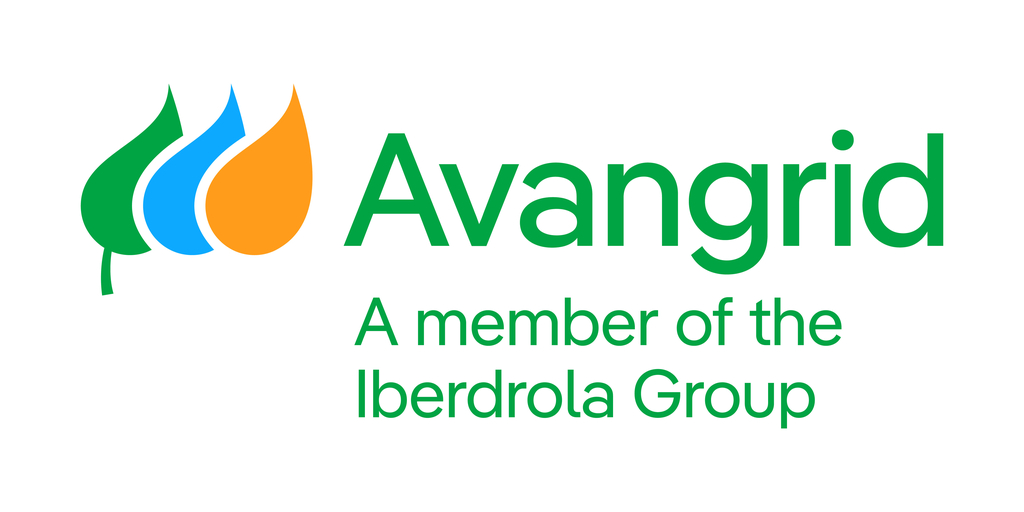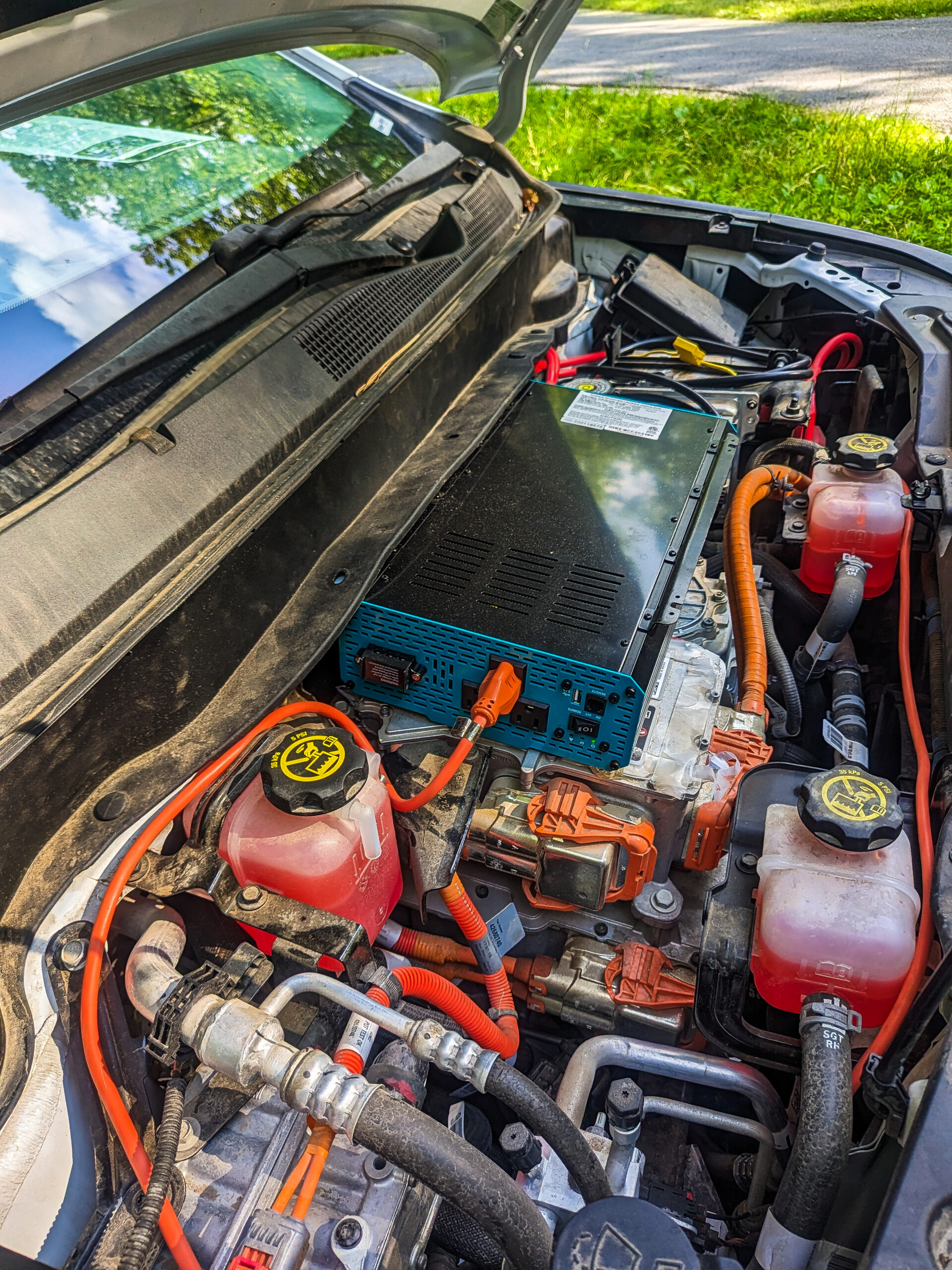Sign up for daily news updates from CleanTechnica on email. Or follow us on Google News!
I’ve almost entirely stopped using Facebook. I get on there maybe twice a week to see if there are any interesting things from friends and family and then get back off. Why? Because Facebook has become a cesspool of disinformation, political nonsense, and “boomer” posts (I have nothing against people of any age, as “boomer” has become more of a stereotypical right-wing thing than an actual generation in recent years).
But, several friends on other social networks have been sharing some of the worst disinformation they come across for entertainment. Here’s a great example:
One of my family members just shared this on Facebook. He lives in Ohio. Where this has NEVER happened. pic.twitter.com/WY1EKKMTkU
— TesCalendar 📆⚡️ (@TesCalendar1) June 21, 2024
There’s an old saying: a lie can spread halfway across the world while the truth ties its shoes. This is true not because people want to believe lies, but because lies are easy to understand and spread. “Good” lies sound and look reasonable, and require no mental effort to grasp. The best lies tap into something cultural that you already believe (aka mythology). The best of the best lies are simple, tie into your culture, and get repeated over and over (see note at bottom of article for source on this).
This dumb bit of propaganda does all of those things.
First off, it’s super simple. Everyone who has ever paid a summer power bill in a hot place knows that air conditioning uses a lot of power. Everyone also knows that cars require a lot of energy to move, especially if you’ve ever tried to push one. So, the idea that you should be saving energy seems to conflict with the idea of driving an electric vehicle, because they too must be using a lot of electricity.
This meme has an important myth (sometimes based in truth) among older conservative people. The government wants to tell you what to do. Private companies often want to tell you what to do. Most people don’t want to be told what to do, so naturally people don’t like it when government agencies and public utilities ask you to let the house get hotter on a summer day. In some rare cases, people who have signed up for power plans with an included thermostat didn’t know that the power company could turn it up during power shortages, so some people have been forced to let the house get hot.
On top of the control of air conditioning, there’s also future EV mandates that have people concerned. Nobody has yet been forced to switch to an EV, and used ICE vehicles won’t be banned under even the most stringent of EV mandates set to come into force in a decade or more. But, the idea that “the government is going to force you to drive an EV” gains traction with the government-skeptical crowd because they’ve been told what to do before on things like firearms, catalytic converters, and smog pumps.
Because this simple message resonates with people who don’t want to be told what to do (and resent times in the past when they were told what to do), getting people to repeat it over and over is easy. Putting it into an accessible format that only requires people to click “share” makes these things spread like wildfire. For some people, memes like this are their whole online personality.
The Complex Truth That Never Stood A Chance In The Propaganda War
The sad truth is that many people have a very simple understanding of what “the grid” is. They think that the wires that bring power from some distant coal power plant to your home is very old, and hasn’t been upgraded since sometime in the 1960s or 1970s. Because of this, “the grid” is always on the brink of collapse, and something like EVs is likely to cause the whole thing to go down in flames (perhaps even literally).
However, “the grid” is a lot more complex than that, even if there’s a little bit of truth in the above.
First off, “the grid” is always being upgraded. Power companies are in the business of selling electricity, and they’re not going to pass up on any opportunity to do that. As more and more home appliances have gone from gas to electricity, and as other appliances simply came to be (dishwashers, kitchen mixers, vacuum cleaners), demands for power from each household have gone up over the decades. Multiply that by the growing population, and it’s pretty clear that “the grid” from even five years ago would buckle under today’s demand.
The power company wouldn’t make any money if they had a power system capable of delivering a lot more power than people need, so it gets upgraded to make/buy and deliver more power as people demand it, and not a moment before. So, the “on the brink of collapse” thing isn’t a sign of doomsday approaching as much as it’s efficient capitalism at work. The big exception comes from overly political places like Texas and California, which have caused problems like freezing homes or wildfires through mismanagement by extremists in place of industry experts.
The second truth memes like this skip over is that “the grid” isn’t the same even hour to hour. Demand for power rises and falls constantly every day. In many places, more power needs to be delivered during summer afternoons when everyone is running their air conditioners, and during the rest of the day there’s leftover capacity that goes unused. Getting people to charge EVs when there’s leftover generating and transmission capacity (usually at night) only requires utilities to charger lower rates during these off-peak times.
In other words, it’s not ACs vs. EVs. They can both get the power they need at different times of the day or night.
Finally, the average person doesn’t understand how little power EVs use. People intuitively know that a gallon of gasoline contains a lot of potential chemical energy, and that their piston-driven engines can push their vehicle 15–25 miles using a gallon of the stuff. So, it stands to reason that an EV would need an equivalent amount of energy to move the same distance. Because a gallon of gasoline contains so much energy, an EV must need a LOT of energy, right?
What they’re not considering is how much energy gets wasted in an ICE powertrain. The engine wastes somewhere around ⅔ (diesel) to ¾ (gas) of the energy, making waste heat. This must be shed through radiators, fans, and the exhaust pipe to keep the whole rig from melting down. Transmissions then use up more energy making frictional heat. Then, when you need to stop, friction brakes convert all of that kinetic energy into heat that dissipates into the air. Very little of that energy actually gets used for anything useful (moving the car, heating the cabin, etc.).
EVs produce far less waste heat, and when you consider regenerative braking (recharging the battery instead of making waste heat), EVs can exceed 90% efficiency compared to the paltry 25–40% efficiency of ICE vehicles. This means EVs simply use a lot less energy to begin with, and thus don’t need a lot of power from the grid to charge up and move.
The Meme Falls Apart
When one understands that EVs don’t need that much energy, can get that energy at night when the grid has spare capacity, and that there’s no competition between the grid and air conditioning your home, the whole meme falls flat.
But, it can’t fall flat unless people understand a complex truth, and that’s why the meme continues to spread.
Featured image by Jennifer Sensiba.
Note: Sadly, I can’t cite this idea using a hyperlink as we usually do here. This basic concept of simple, myth-connected, repeated propaganda comes from Frank Thayer, PhD, emeritus professor of journalism and mass communications at New Mexico State University. I enjoyed his class on the topic at school.
Have a tip for CleanTechnica? Want to advertise? Want to suggest a guest for our CleanTech Talk podcast? Contact us here.
Latest CleanTechnica.TV Videos
CleanTechnica uses affiliate links. See our policy here.





